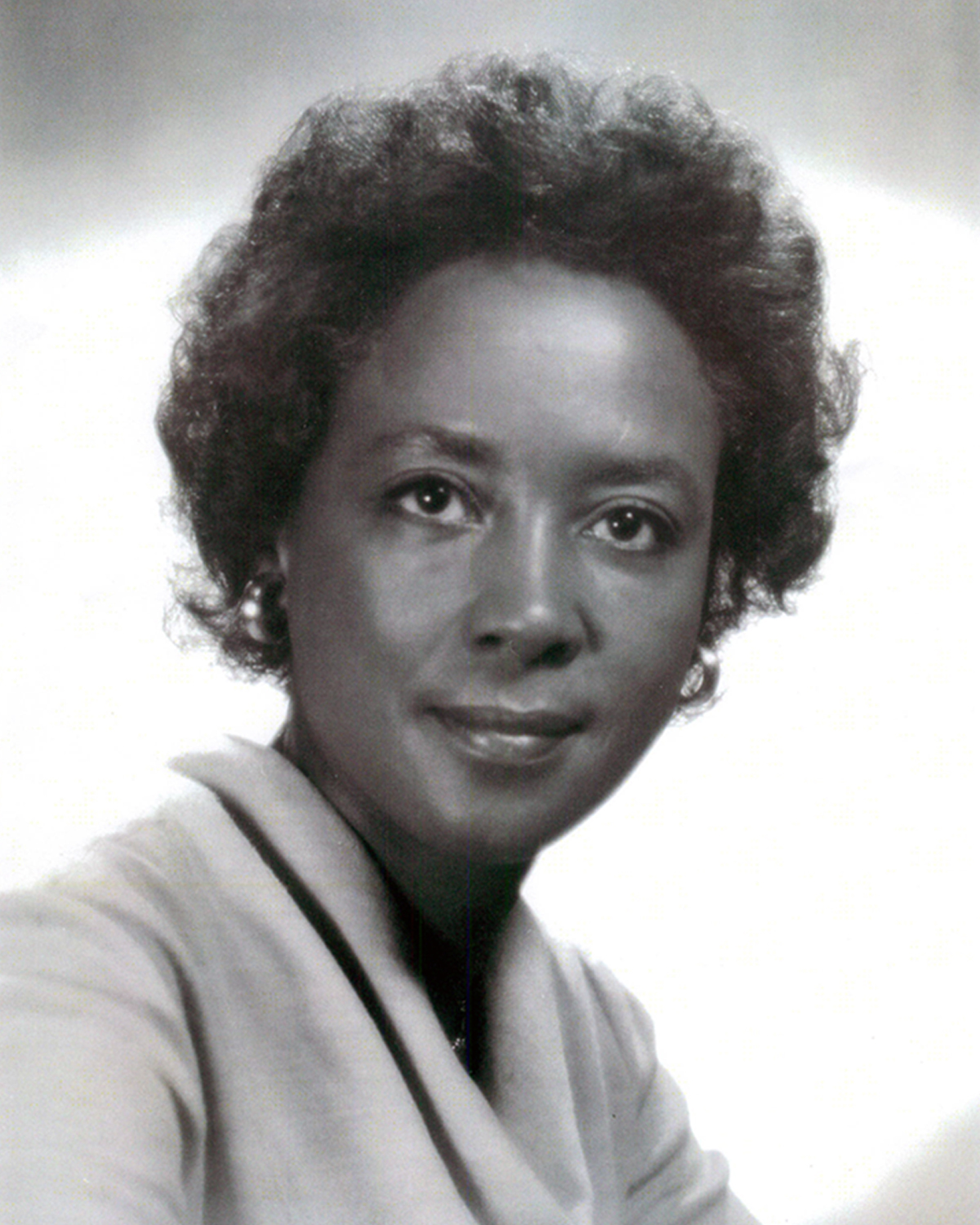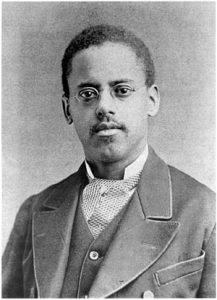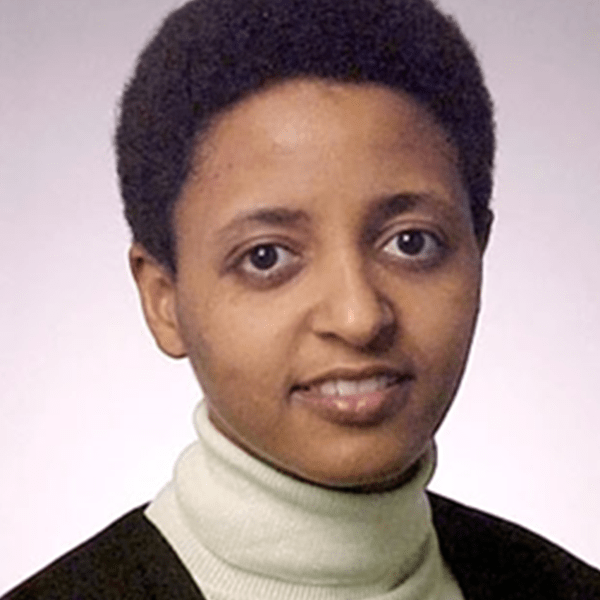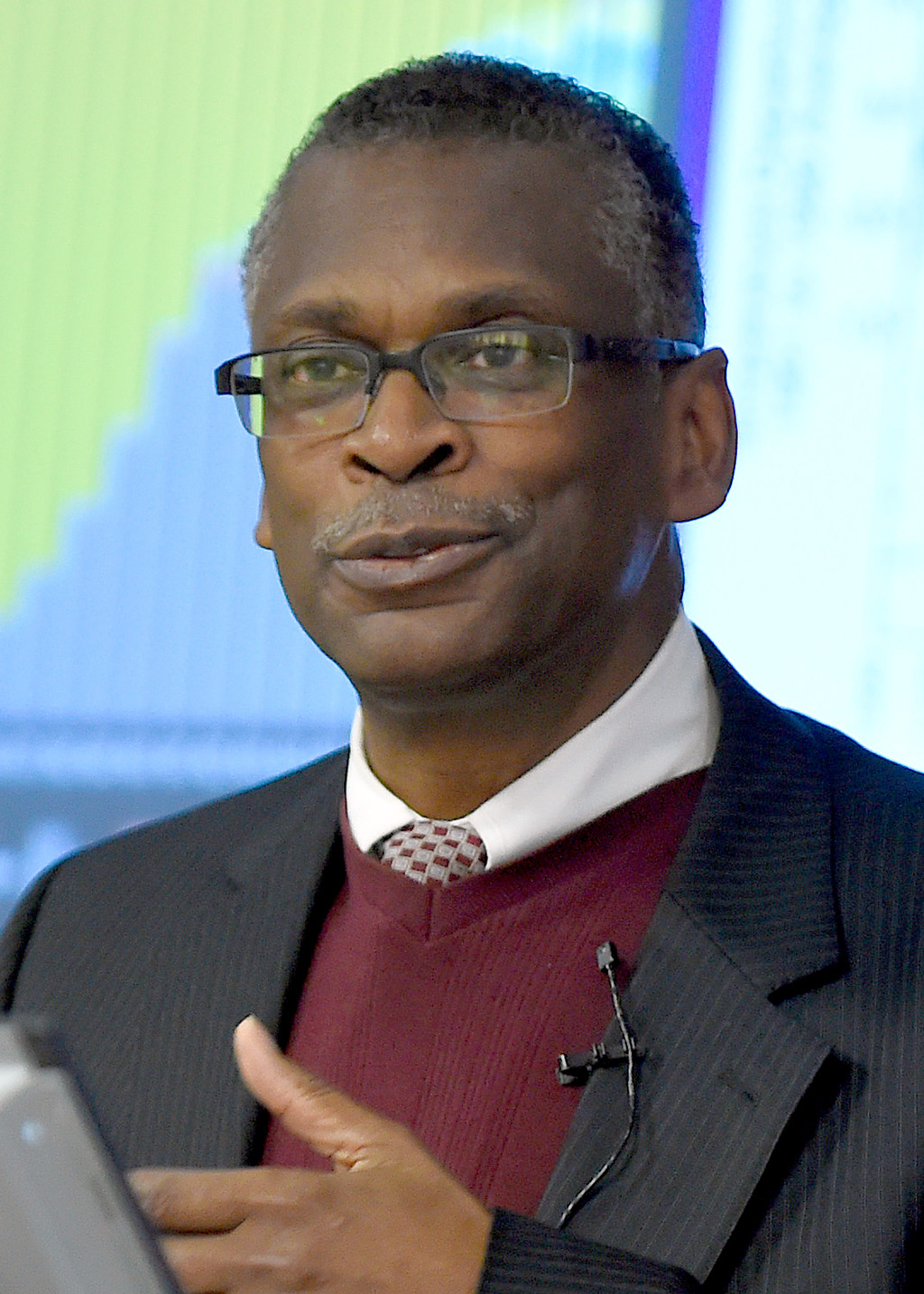February marks Black History Month and to celebrate, TVPPA is highlighting Black historical figures who have positively impacted the power industry through innovative thinking and a passion for brightening our world – many of whom have ties to the Tennessee Valley.
Annie Easley: Pioneering the Stars
 Born on April 23, 1933, in Birmingham, Ala., Annie Easley was a pioneer in the fields of computer science, mathematics and rocket science. After graduating as valedictorian of her high school, Easley completed two years of study at Xavier University in New Orleans, La., in 1951. She later returned to her hometown of Birmingham where she married a man in the U.S. military and then relocated to Cleveland, Oh., where her husband’s family lived.
Born on April 23, 1933, in Birmingham, Ala., Annie Easley was a pioneer in the fields of computer science, mathematics and rocket science. After graduating as valedictorian of her high school, Easley completed two years of study at Xavier University in New Orleans, La., in 1951. She later returned to her hometown of Birmingham where she married a man in the U.S. military and then relocated to Cleveland, Oh., where her husband’s family lived.
While living in Cleveland, Easley read an article about twin sisters who worked as “human computers” at the Lewis Flight Propulsion Research Laboratory. Intrigued by their line of work and having obtained a solid foundation in mathematics from her studies in New Orleans, she applied for an open position at the laboratory and was subsequently hired two weeks later.
This began her 34-year-long career and led to her appointment as one the first African American employees at NASA, previously known as the National Advisory Committee for Aeronautics (NACA). There she performed manual computations for researchers as a human computer and was at the forefront of space research and launch missions. After human computers were gradually replaced by machines, she went on to develop and implement a computer code that was used for energy-conversion systems, analyzing alternative power technology including the battery technology that was used for early hybrid vehicles along with wind and solar energy projects.
Annie Easley passed away in June of 2011, but her invaluable contributions to the worlds of science, mathematics and energy live on to this day.
Lewis Latimer: Lighting Our World
 Typically, Thomas Edison is the first person to come to mind when we think of the inventor of the light bulb. Although Edison patented the first practical incandescent light bulb in the 1800s, he couldn’t have done so without the help of inventor, draftsman and author Lewis Latimer.
Typically, Thomas Edison is the first person to come to mind when we think of the inventor of the light bulb. Although Edison patented the first practical incandescent light bulb in the 1800s, he couldn’t have done so without the help of inventor, draftsman and author Lewis Latimer.
Born in Chelsea, Ma. on September 4, 1848, Latimer was the son of two formerly enslaved Virginians who self-liberated. Similar to Edison, Latimer had no formal education and taught himself mechanical drawing while in the Union Navy during the American Civil War. After the war ended, he spent much of his career in and around the Northeast, patenting and researching many breakthrough electrical inventions.
In 1876, Latimer was hired to draft the drawings for the first patented telephone in the U.S. under Alexander Graham Bell. A few years later, U.S. Electric Lighting Company, founded by Hiram Stevens Maxim, hired Latimer, where he and a colleague improved upon Edison’s paper filament light bulb design by patenting the process for creating a carbon filament bulb in 1882. During this time, Latimer supervised the installation of public electric lights in cities around the world including New York, Philadelphia, Montreal and London. In 1884, he wrote the first book on electric lighting, Incandescent Electric Lighting, and soon after began working alongside Thomas Edison. His book demonstrated how this newly invented technology could bring electricity not just to those who could afford it, but to everyone.
On December 11, 1928, Lewis Howard Latimer passed away in Flushing, Ny., leaving behind a legacy of innovation and paving the way for today’s electrified world.
Sossina Haile: Shaping the Future of Energy
 Our next Black History Month highlight is a Professor of Materials Science and Chemical Engineering whose unique vision transformed the world of energy.
Our next Black History Month highlight is a Professor of Materials Science and Chemical Engineering whose unique vision transformed the world of energy.
Sossina Haile was born on July 28, 1966, in Addis Abeba, Ethiopia. Later moving to Minnesota with her family, she attended the Massachusetts Institute of Technology where she received her B.S. degree in 1986, her M.S. degree from the University of California, Berkeley and her Ph.D. degree from the Massachusetts Institute of Technology in 1992. In the 1990s, Haile fabricated the first solid-acid fuel cell, which converts chemical energy into electrical energy. She has since established a new class of fuel cells and demonstrated record power densities for solid oxide fuel cells. Compared to other fuel cells, Haile’s generates energy hot enough to be efficient but not so hot as to be overly expensive.
Two of her graduate students went on to create Superprotonic, a company focused on fuel cells, in 2003 with Haile as their science adviser. The National Science Foundation awarded Haile the American Competitiveness and Innovation fellowship to recognize her “transformative research in the energy field and her dedication to inclusive mentoring, education and outreach” in 2008.
Currently, Haile is developing new ways of using solar energy to make fuels like hydrogen and methane alongside a research group she leads at Northwestern University in Evanston, Il.
Lonnie Johnson: Revolutionizing Energy Technology
 What does the Super Soaker Water Gun have in common with a thermo-electrochemical converter and a new solid-state lithium-metal battery? They all emerged from the ingenious mind of inventor Lonnie Johnson.
What does the Super Soaker Water Gun have in common with a thermo-electrochemical converter and a new solid-state lithium-metal battery? They all emerged from the ingenious mind of inventor Lonnie Johnson.
Lonnie Johnson was born on October 6, 1949, in Mobile, Al. Growing up, Johnson was known for his inquisitive, innovative spirit, even reverse-engineering his sister’s doll to understand how the eyes blinked. Johnson attended the all-Black Williamson High School in Mobile and went on to obtain a B.S. degree in Mechanical Engineering, an M.S. degree in Nuclear Engineering, and an honorary Ph.D. in Science from Tuskegee University. Upon graduation, he worked as a research engineer at Oak Ridge National Laboratory, in Oak Ridge, Tn. He then joined the U.S. Air Force, serving as Acting Chief of the Space Nuclear Power Safety Section at the Air Force Weapons Laboratory in Albuquerque, N. Mex.
While in the Air Force, Johnson continued to work on his own inventions. In 1982, he was planning to invent an environmentally friendly heat pump that used water instead of freon. One night, he was experimenting in his home bathroom and unintentionally developed one of the most popular toys in U.S. history: the Super Soaker water gun.
Today, two of Johnson’s companies, Excellatron Solid State and Johnson Battery Technologies, are developing revolutionary energy technologies that could contribute to global decarbonization efforts. According to Johnson’s website, Excellatron has developed a thermodynamic energy conversion technology that converts thermal energy to electrical energy with significant advantages over alternative systems. Additionally, the company’s solid-state lithium-metal batteries will provide a source of energy many times greater than that which exists today in a substantially reduced size and will solve many of the problems related to technology mobility in the future.
